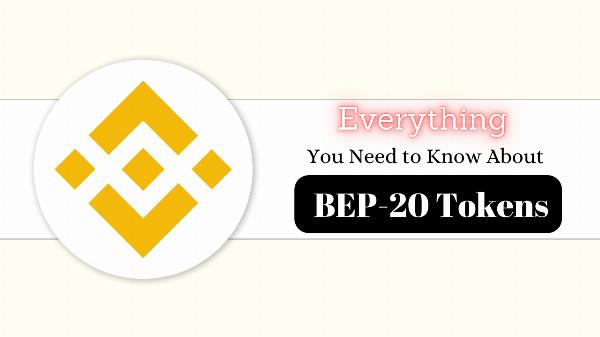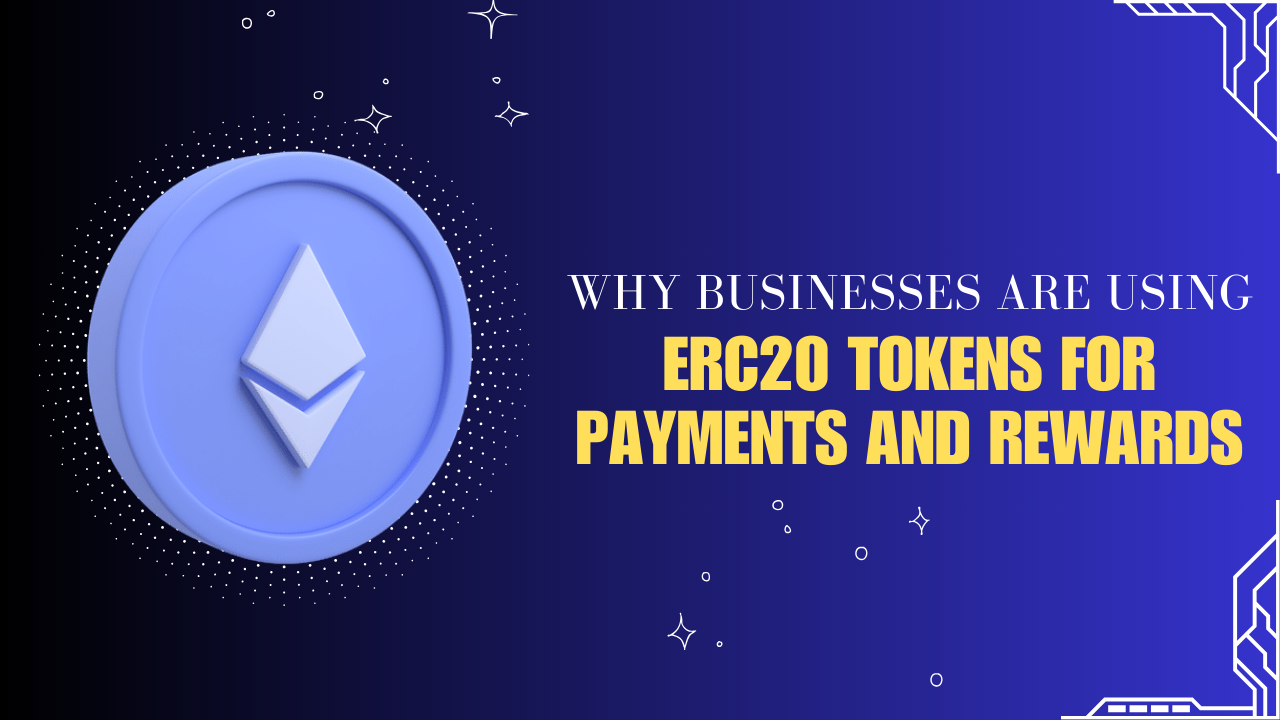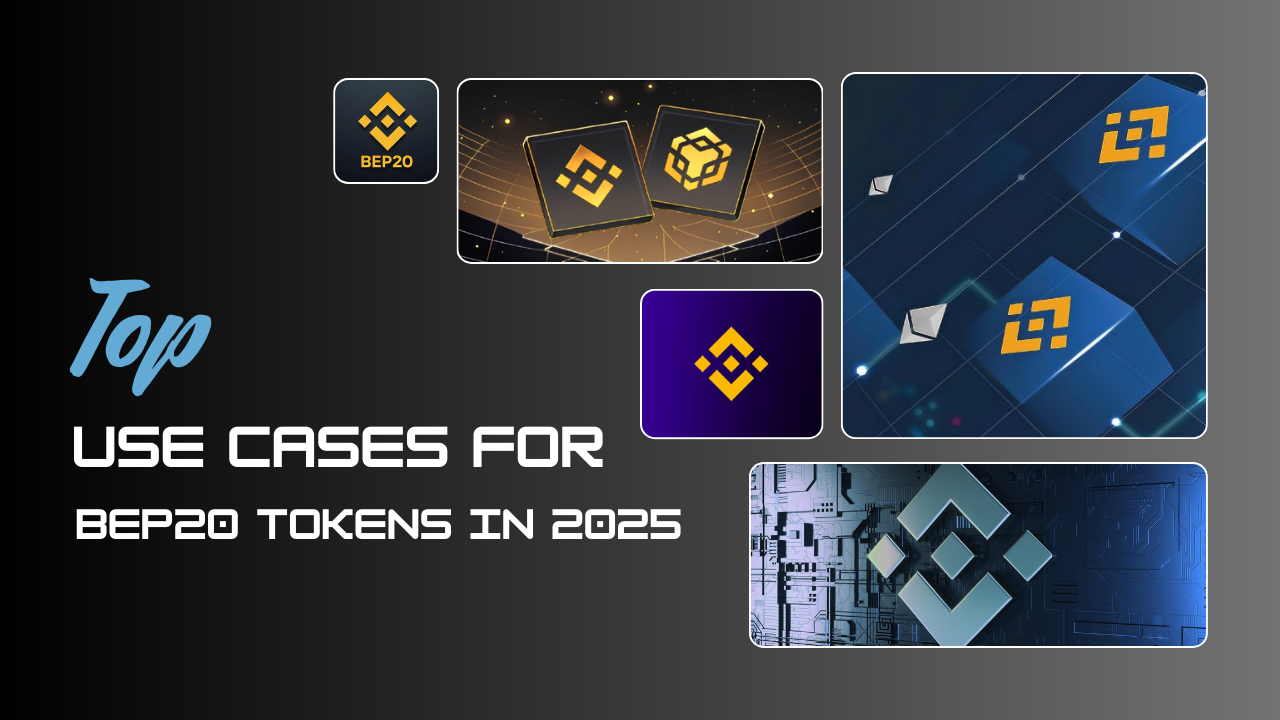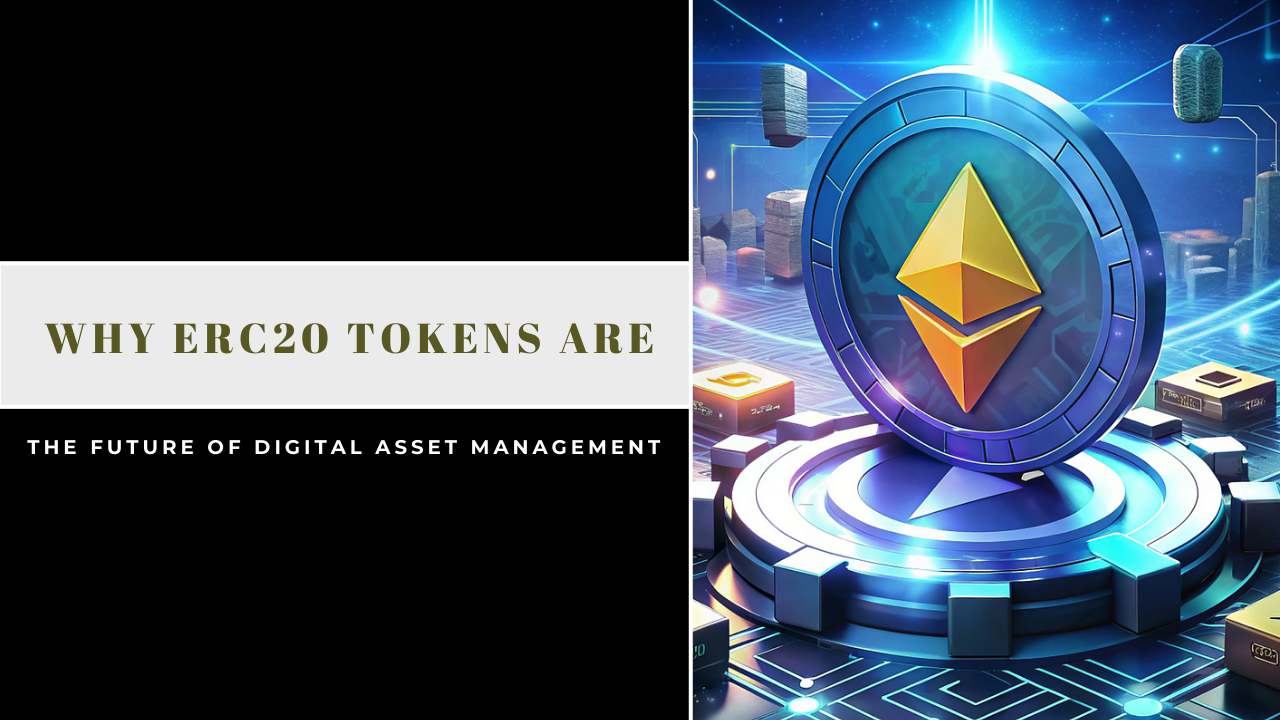Everything You Need to Know About BEP-20 Tokens

Strong 8k brings an ultra-HD IPTV experience to your living room and your pocket.
Do you have an interest in the world of cryptocurrency and seeking new opportunities? If so, you probably know about BEP-20 tokens. In this article, I will present you with a detailed guide on all that you need to know about the BEP-20 token. So, let’s dive in!
Understanding the Basics of BEP-20 Tokens
BEP-20 tokens are a standard for creating and managing tokens on the Binance Smart Chain (BSC), similar to ERC-20 tokens on Ethereum. It also affords the ability to create many forms of digital assets such as stable coins and NFTs without the high costs and slow processing time of other blockchains.
For creating a BEP20 token, developers write a smart contract in the solidity, assign properties of the token, along with functions, and then deploy the smart contract on Binance Smart Chain. BEP-20 tokens make it affordable and convenient to participate in decentralized applications and the broadening crypto world.
Key Features of BEP-20 Tokens
1. Interoperability
BEP-20 tokens are designed to work seamlessly across different platforms and applications within the Binance Smart Chain ecosystem. This interoperability allows for easy token swaps and integration with decentralized exchanges (DEXs) and wallets.
2. Low Transaction Fees
One of the most attractive features of BEP-20 tokens is the significantly lower transaction fees compared to Ethereum-based tokens. This cost efficiency ensures that more developers build their decentralized applications on Binance Smart Chain, leading to increased adoption and usage of BEP-20 tokens.
3. Fast Transaction Speeds
BSC adopted Proof of Staked Authority (PoSA) consensus with fast transaction processing for the same. This makes BEP-20 tokens more attractive for the projects that require high levels of throughput and speed.
4. Flexible Token Standards
BEP-20 supports various token functionalities, including minting, burning, and pausing. Developers can customize their tokens to fit specific use cases, enhancing the overall utility of their projects.
Creating a BEP-20 Token
Creating a BEP-20 token involves several steps:
Define Token Specifications: Determine the token name, symbol, total supply, and decimals. These parameters will shape how the token functions.
Write Smart Contract: Use Solidity to create the smart contract. The contract should implement BEP-20 standard functions such as transfer, approve, transferFrom, and others.
Deploy on BSC: Once the smart contract is ready and tested, deploy it on the Binance Smart Chain using platforms like Remix or Truffle.
Verification and Auditing: It's essential to verify and audit the smart contract to ensure security and functionality. This helps prevent vulnerabilities and builds trust among users.
Listing on Exchanges: After deployment, consider listing the token on various decentralized exchanges to increase visibility and accessibility.
Use Cases for BEP-20 Tokens
BEP-20 tokens can be utilized in various ways, including:
Decentralized Finance (DeFi): Most DeFi projects on BSC will employ BEP-20 tokens for lending, borrowing, yield farming where the users enjoy rewards via staking and growing their portfolio.
Non-Fungible Tokens (NFTs): BEP-20 tokens can be used to digitally represent a piece of art, a collectible, and an item used in a game hence aiding the creation of NFTs for marketplaces on the Binance Smart Chain.
Stablecoins: With BEP-20, developers can deploy fiat currencies stablecoins which will make them offer users more stable sources in the volatile market in comparison to other cryptocurrencies.
Governance Tokens: Most projects assign BEP-20 tokens as tokens of governance where the token holders in governance processes regarding development of the project and distribution of the funds.
Conclusion
BEP-20 tokens are one of the significant instruments in the crypto space because they possess higher utility, lower costs, and higher speed. But this is a good thing as the Binance Smart Chain develops, which means more users will want BEP-20 tokens and therefore more potential for developers or investors. One can realize how to influence this or that facet of BEP-20 tokenomics, which will be useful for projects in this active ecosystem.
Whether you are a holder of BEP-20 tokens or thinking about launching your BEP-20 token or investing in the tokens created by others, it is crucial to be updated and know about some of the features of this new token standard.
Note: IndiBlogHub features both user-submitted and editorial content. We do not verify third-party contributions. Read our Disclaimer and Privacy Policyfor details.







